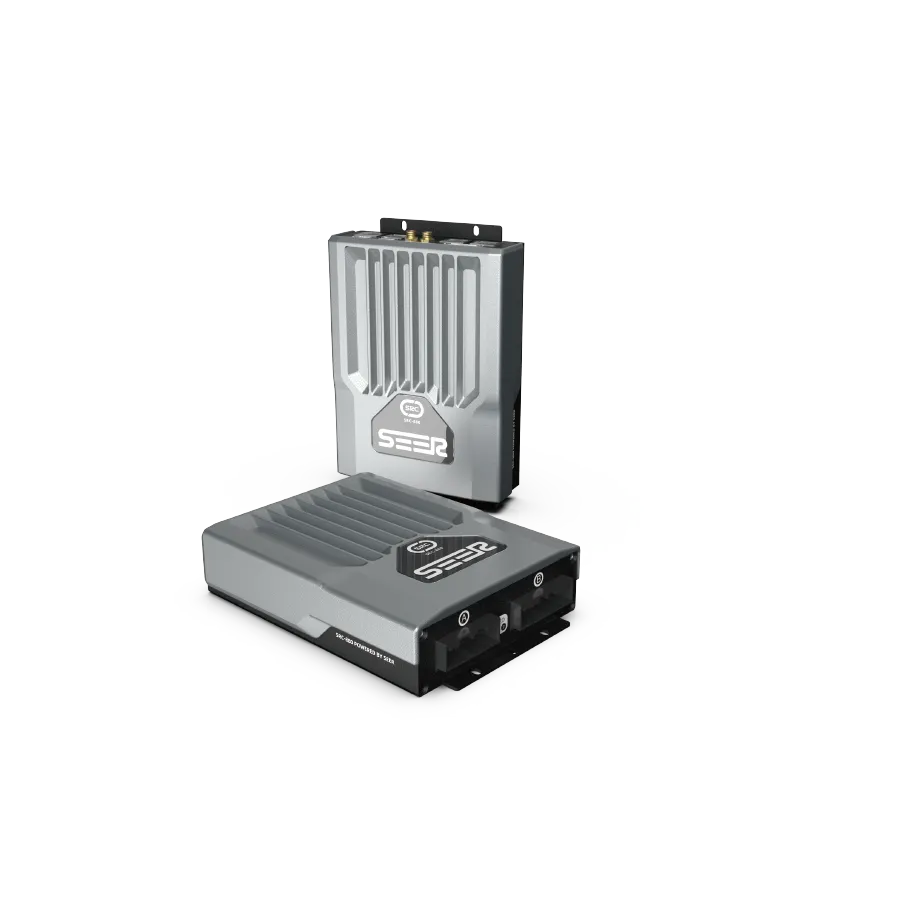DATE: 2025/05/14
Innovative Forklift Mobility for Modern Supply Chains
Staying competitive in global logistics means constantly pushing the boundaries of what automation can achieve. As warehouse demands grow more complex and labor dynamics continue to shift, the need for intelligent, scalable solutions becomes increasingly clear. That’s where the autonomous forklift comes into play—an essential tool not just for lifting or transport, but for transforming the way facilities function from the ground up. At SEER Robotics, they focus on developing robotic forklift technologies that integrate seamlessly into modern logistics. By combining adaptability, precision, and safety, their solutions help businesses move smarter and respond faster in dynamic supply chain environments.
How a Robotic Forklift Enhances Safety and Accuracy
Worker safety and operational reliability are at the core of their development process. That’s why each robotic forklift features comprehensive sensor technology, including obstacle detection lasers, distance sensors, and 3D cameras. These devices create a full 360-degree protection zone around the forklift, including headspace detection. The result is a system that moves with confidence while minimizing the risk of accidents.
In addition to safety, accuracy is another key consideration. With every autonomous forklift, businesses benefit from ±10 mm positioning precision and ±0.5° repeatability. This ensures that pallet pickup, stacking, and placement tasks are handled with care—even in complex or space-limited environments. Whether transporting standard pallets or customized cages, these machines identify, align, and transport goods with efficiency that rivals human operators.
A Flexible Choice for Modern Warehouses
Their forklift systems are not limited to flat ground. SEER Robotics designed each autonomous forklift model to overcome common logistical barriers, such as ramps, thresholds, and transitions between areas. This allows them to traverse varying floor conditions, cross elevators, and even perform high-level stacking—without interruption. Their slim design and tight turning radius also make them ideal for use in congested or high-density storage zones.
For companies engaged in international trade and high-volume distribution, adaptability is a must. That’s why each robotic forklift is built to be compatible with centralized scheduling systems. From order dispatch to task assignment and rerouting, all actions can be managed remotely with a connected interface. This facilitates uninterrupted operations and enables a smarter way to allocate resources in real time.
Conclusion
SEER Robotics believes that the future of industrial logistics lies in intelligent automation. With their autonomous forklift solutions, businesses can optimize space, reduce manual labor, and increase throughput—all while maintaining high safety standards. Their commitment to innovation ensures they provide practical and scalable tools tailored for global supply chain demands. By integrating robotic forklift technologies into operations, companies are not just investing in machinery—they're shaping a more resilient and responsive logistics framework. Now is the time to upgrade capabilities and explore what their autonomous forklift systems can bring to your business.

/1.png/webp90)
/1.png/webp90)